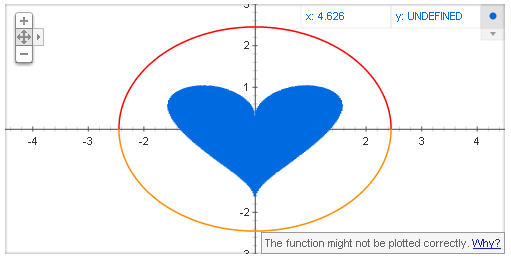Week in Review – February 2012 Week 3
Good morning from Baguio City (6 hours from Manila), the summer capital of the Philippines. I am here for a one-day lecture-workshop on “Mathematics as a Way of Thinking” at the AEIRS National Conference.
After sleeping for 7 hours, I feel rejuvenated, so I am going to list the most recent posts for this week.
Math and Multimedia
- Carnival 20 Deadline
- New Blog: Mathematical Palette
- Popularizing Lesson Study
- Introduction to the Complex Plane
- Heart Graph for the Mathematically in Love
- Using Area to Prove the Arithmetic Mean-Geometric Mean Inequality
My other blogs
That’s all for this week. Have a blessed Sunday!
